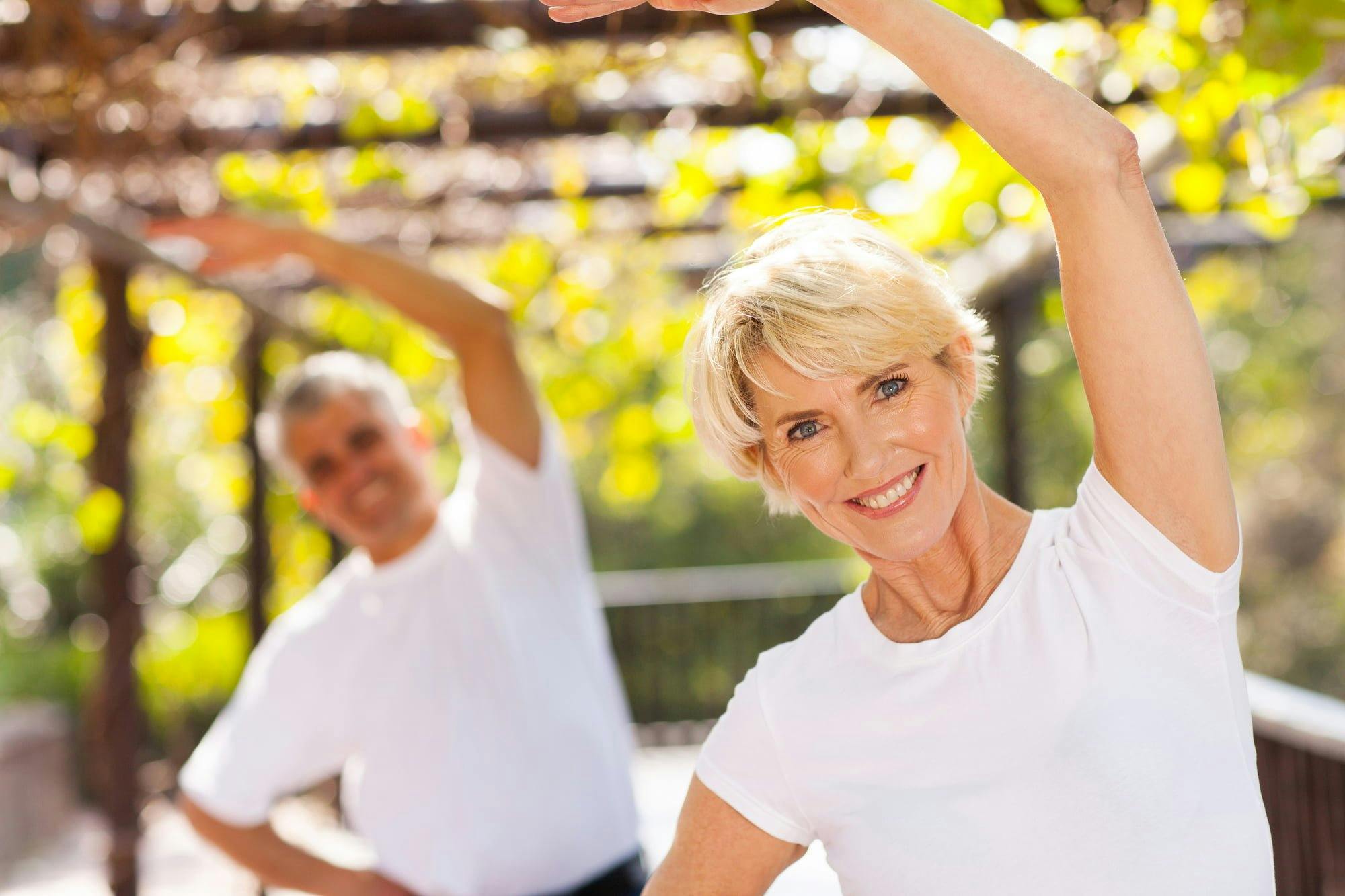For those looking for a complete and effective workout, stretching is an important step. While stretching is sometimes passed over in favor of the workout itself, there are several benefits to stretching—and a few potential risks if you forgo stretching regularly.
What are the Benefits?
Many studies have been conducted on the benefits of stretching, and their results are mixed. Some studies show that it helps in specific ways, while others show that it has little to no benefit if done before or after exercise. Some research indicates that stretching cannot reduce soreness after exercise, while other research shows that stretching immediately before a sprint might even worsen performance.
Although the consensus on certain benefits of stretching isn’t clear, there are some specific benefits that everyone agrees on. These include:
- Improved performance during various physical activities
- Decreased risk of injury
- Promotion of full range of motion for the joints in the body
- Promotion of effective performance from muscles
- Increasing blood flow to muscles
Safe Stretching Tips
It’s important to stretch safely and effectively, utilizing proper technique. Stretching incorrectly can cause more harm than good. A few tips:
- Don’t stretch cold muscles: Stretching cold muscles can hurt them, and stretching itself should not be considered a warm-up before exercise. Before you do any stretching, warm up for five to 10 minutes with low-intensity activity like walking, jogging or biking. When the muscles are warm, it is a good time to stretch. In some cases, you may want to skip stretching before an intense activity like sprinting—some research suggests that this can decrease performance, including weakening hamstring strength. Many people find benefits from a “dynamic warm-up,” which includes low-level movements that mimic the sport being played while slowly increasing the intensity level.
- Remember symmetry: Rather than focusing on simply having as much flexibility as possible, focus on making sure your flexibility is even on both sides of the body. Uneven flexibility can lead to injury.
- Focus on major muscle groups: Focus your stretching on major muscle groups like the calves, thighs, hips, lower back, neck and shoulders—and remember to stretch both sides. Stretch any additional muscles or joints that you use regularly.
- Avoid bouncing: Don’t bounce during stretching. Hold a smooth movement instead—bouncing can injure the muscle and contribute to tightness.
- Control your breath: Breathe normally during stretching and hold for about 30 seconds.
- Remember: no pain does not mean no gain: You should expect some tension during stretching, but not pain. Pain indicates you’ve pushed things too far, and should back off a bit.
- Stretch sport-specific muscles: There’s some evidence that it can be helpful to stretch the muscles that are used most frequently in your sport or activity.
- Make stretching a priority: Stretching can be time-consuming, but its benefits are at their highest when you do it at least a few times per week. Skipping it can cause you to miss out on benefits like range of motion and flexibility.
- Use gentle movement: Gentle movements can help improve flexibility in specific movements or activities. Activities like tai chi or yoga regularly incorporate these gentle movements, which can also be beneficial for reducing falls for seniors
When to Approach With Caution
A few situations may warrant approaching stretching with care. If you have a chronic condition or a specific injury, consider adjusting how you stretch. Muscles that are already strained could cause further harm when stretched, for instance.
In addition, remember that stretching doesn’t simply protect you from all forms of injury. It won’t prevent an overuse injury or several other types. If you have specific health concerns, speak to your doctor about what’s right for you when it comes to stretching.
Your doctor can also offer additional recommendations or refer you to a specialist if needed.
Revere Health Imaging offers the most advanced imaging technology in Utah Valley with convenient locations and reduced-cost exams. We even offer our imaging services at night for your convenience. Contact us today at 801-812-4624 for an appointment!
Sources:
“What Are the Benefits of Stretching & Yoga?” LiveStrong.com. https://www.livestrong.com/article/358507-what-are-the-benefits-of-stretching-yoga/
“Stretching: Focus on flexibility.” The Mayo Clinic. https://www.mayoclinic.org/healthy-lifestyle/fitness/in-depth/stretching/art-20047931?pg=1






